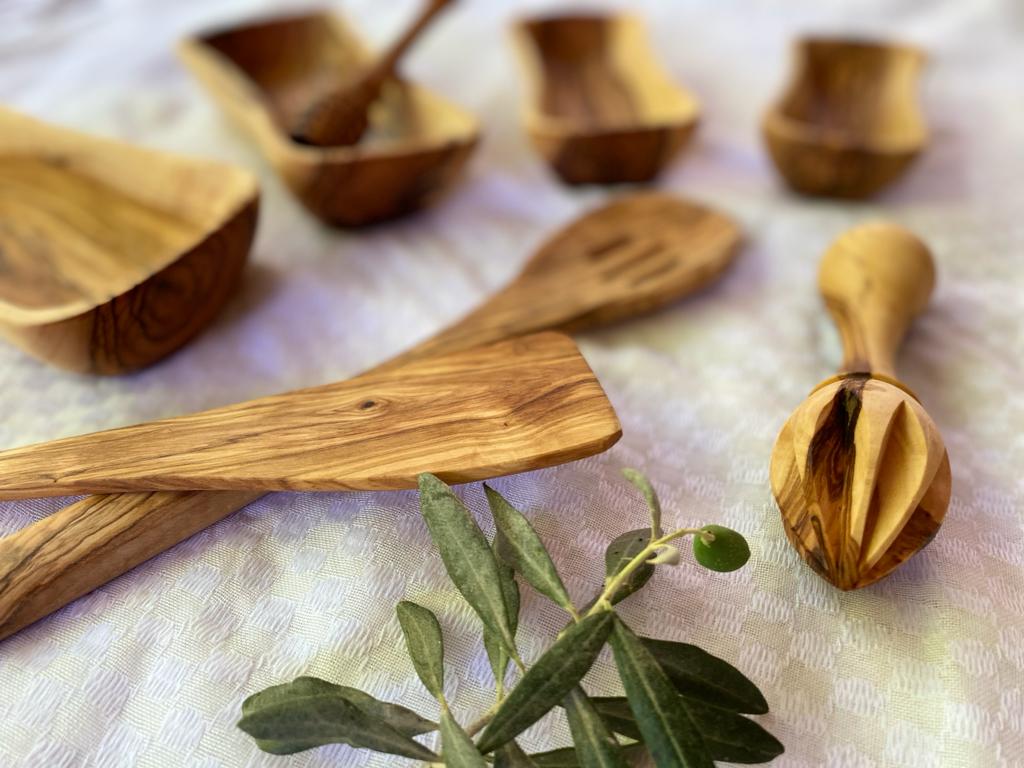
Palestinian Embroidery
Part 1: Palestinian Tatreez Embroidery
I’ve had a bit of writers block recently. It happens pretty often for me.
I get these bursts of energy and visions of my whole self inside what I’m assuming is my brain, grasping at words and phrases floating around above and piecing together mini stories that are somehow always centered around teaching others about my heritage (I think this is why I sometimes say I black out when I write - its truly an out of body experience for me). It is THE MOST Palestinian thing about me - that I’ll talk to anyone about #Palestine if they give me even a sliver of an open window to do so.
It’s also pigeon-holed me a bit in regards to the content I choose to share (which was purposeful). So I feel this deep need now to make all of my captions dramatic or educational or having some greater purpose other than just simply sharing a photo I like.
So in an effort to make sure the content pressure I’ve placed on myself is fulfilling the needs of all new peeps who came here to learn something - what do you want to learn about next? (Drop some suggestions in the comments please!👇🏽)
Help me keep the discussion surrounding #Palestine alive.
Up right now: a 3️⃣ part series on #Tatreez (with some of my favorite accounts to learn from being tagged at the end of each post), featuring a Tatreez maxi skirt from the 1960s that was once a #Thobe that my Taita traded her bedroom comforter for.
“Tatreez” is the Arabic name for the method of cross-stitch #embroidery unique to Palestine (and it’s what’s on my skirt in this photo series). A ~3,000 year old tradition, that was once enjoyed as an art form, is now a symbol of political resistance and at times the main source of income for Palestinian women who are divorced, widowed, separated or living in refugee camps.
Each Palestinian Thobe adorned with #Tatreez designs of rich colors and textures tells a personal story of the woman wearing it. Everything from a woman’s marital status, the city she’s from, to her health & prosperity.

Each Palestinian Thobe adorned with #Tatreez designs of rich colors and textures tells a personal story of the woman wearing it. Everything from a woman’s marital status, the city she’s from, to her health & prosperity.
Part 2: Palestinian Thobe Colors
Colors on a #Thobe are one of the biggest indicators of what city a woman comes from.
Thobes in Gaza are made with vibrant red (almost purplish) colors, while Thobes hailing from Hebron are a deep red with hints of brown (where this skirt is most likely from). And Thobes with threads of darker more potent reds are known to come from cities like Bethlehem, Jaffa (pronounced: “Yah-Fah”), and Ramallah.

Designs and patterns of the embroidery went into even further detail. Orange flowers alongside Cupressus trees are prominent designs on Thobes from Jaffa because those are what surround the village of Beit Dajan.
As Palestinian land began to shrink and the region became more politically charged, the designs on women’s dresses began to morph to tell different, more intense stories.

In the 1980s Israel passed a law banning any and all political symbols showing Palestinian pride or nationalism. No flags. No colors of the flag (this is where the story of the watermelon comes in). And anything depicting Palestinian nationality was confiscated (this still happens today).
Because our women are clever and boss AF (😎), they began replacing the embroidered flowers and cross stitching on their Thobes with embroidered images of the Palestinian flag, the Dome of the Rock, and other symbols of Palestinian pride - because clothing could not be legally confiscated.
Part 3: The Modernization of Tatreez
#Thobes are still worn today as daily clothing, mainly by elderly Palestinian matriarchs. They are commonly worn for celebrations like Hennas and weddings by Palestinian women and girls of all ages as a nod to more traditional past times.
Our younger generations have gotten creative. Transferring these ancient designs and unique cross-stitching onto modern clothing and accessories (like denim jackets, bags, skirts & shirts, hoodies, masks ~thank you COVID~, etc.). All of which create new ways of keeping Palestinian heritage alive and giving us subtle ways of protesting our people’s brutal colonization.

There is something so enchanting about #Tatreez. Almost like the mind immediately knows that there is a story hidden within the stitches it’s looking at.
I can never get enough it - and I am so unbelievably grateful to those who have developed the talent to keep this traditional art form alive, to keep our culture alive in such a beautiful way.
This post was originally written and posted on Instagram by Jenan Matari who permitted sharing it with you on Handmade Palestine's Blog. Enjoy learning about Palestinian Embroidery. Thank you Jenan.







Leave a comment
This site is protected by hCaptcha and the hCaptcha Privacy Policy and Terms of Service apply.